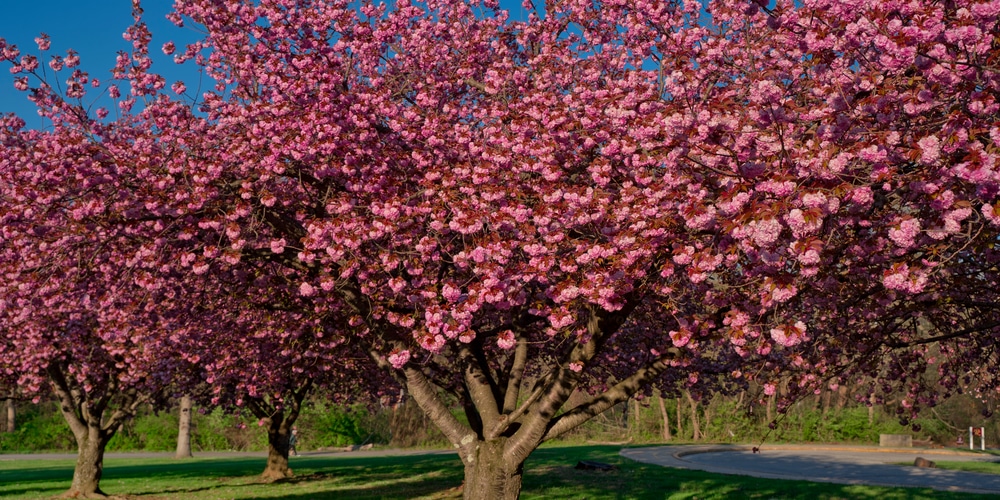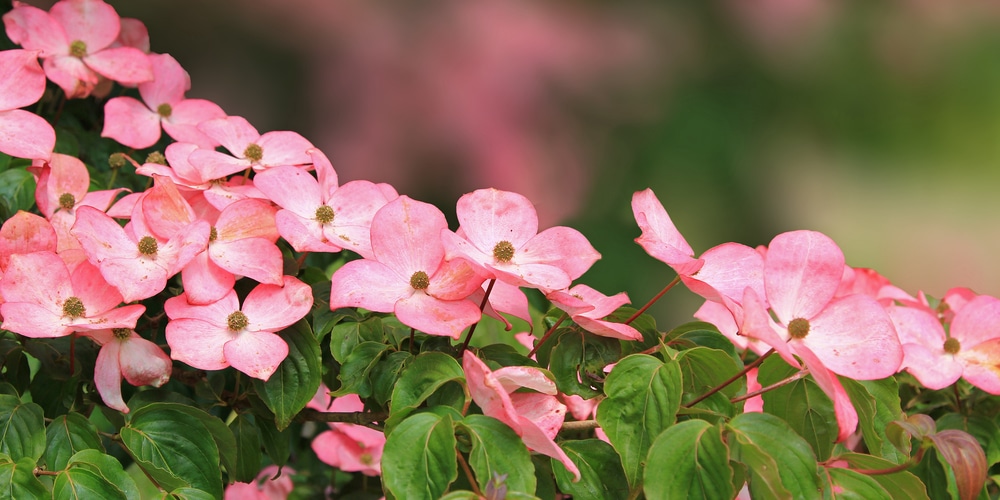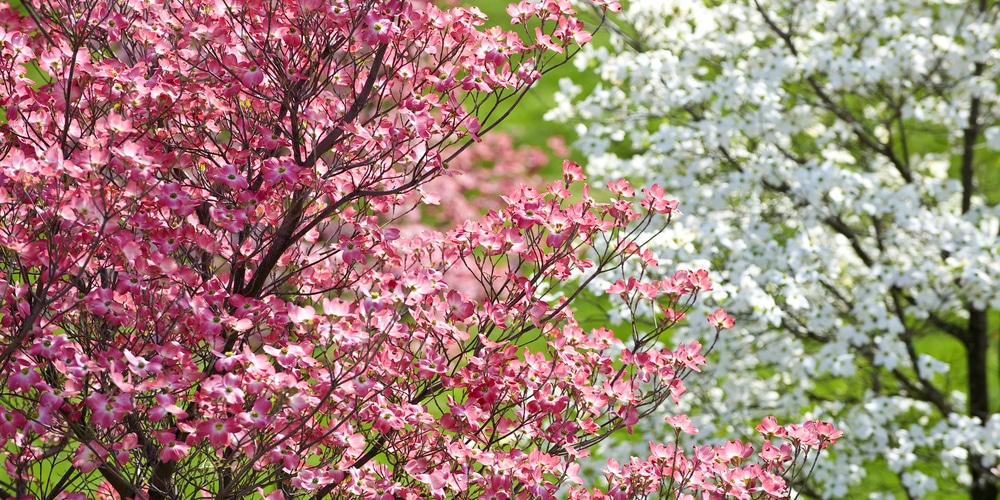Crabwood and dogwood trees are both beautiful and have many features in common. However, they also have some distinct differences; sometimes, telling them apart can be tricky, especially when the plant is starting to sprout.
While there’s no right or wrong answer, some people simply prefer one tree over the other. Maybe because they like one’s fragrance over the other, or the shape and form of the leaves, or the color of the flowers. Let’s compare Crabapple vs Dogwood trees.
What is a Crabapple Tree?
Crabapple trees are a species of apple tree that produces small, tart apples. The fruit of the crabapple tree is not typically eaten raw due to its sour taste. However, it can be used in cooked dishes or made into cider.
Crabapple trees are available in both dwarf and standard sizes. They typically reach a height of 15-25 feet. Additionally, these trees have a short to medium life span, only living 30-70 years. They can be found in North America’s gardens, parks, and forests. One of the most distinctive features of crabapple trees is their bark, which is often textured and deeply furrowed.
These trees are usually planted for ornamental value rather than fruit. Crabapples have a wide range of bloom colors, including white, pink, and red. Its beautiful flowers are followed by small apples, which often stay on the tree throughout winter. They are not only lovely to look at, but they are also an important food source for birds and other wildlife.
In spring, the leaves of a crabapple tree emerge as a deep red color before turning green. The fall foliage is also very attractive, with the leaves turning shades of yellow, orange, and red.
However, Crabapple tends to get messy at times. Its small fruits can drop and stain concrete or other surfaces below, making it important to clean up any fallen fruit as soon as possible.
What is a Dogwood Tree?
Dogwood trees, on the other hand, are known for their beautiful flowers, blooming in shades of white, pink, and red. The flowers are followed by small, red berries. The berries are not the main attraction of the dogwood tree, as they are not particularly tasty, but they are a favorite food of birds.
Dogwoods bloom later than other spring flowers, which means they can provide a splash of color in the garden when other blooms have faded.
They are smaller than crabapple trees, typically only reaching a height of 15-40 feet. And have a relatively longer life span, living an average of 80 years. They are most commonly found in woodlands and forests across North America, Europe, and Asia.
Additionally, they also have attractive foliage and bark. The leaves of the tree turn a beautiful red or purple in the fall, and the smooth bark is often mottled with shades of gray, brown, and copper. Thanks to their beauty and versatility, dogwoods are ideal trees for both urban and rural landscapes.
Dogwoods are often planted for their ornamental value. They are popular for gardens and yards due to their showy flowers. Dogwoods are also used in landscaping and as street trees.
Crabapple vs Dogwood
Choosing which tree to have in your garden depends on your needs and preferences. Crabtrees are prized for their fragrant flowers and colorful fruits, while Dogwoods are admired for their showy flowers and striking fall foliage.
Additionally, Crabapples are smaller trees that are well-suited for small gardens, while Dogwoods are larger trees that require more space. This is an important factor to take into account when deciding which tree to plant.
Maintenance-wise, Crabapples are easier to care for than Dogwoods. Crabapples are resistant to disease and pests, while Dogwoods are susceptible to a number of diseases, including powdery mildew, dogwood anthracnose, and canker. This might be something you’d like to take into account.
Crabapple vs Dogwood: Final Thoughts
While both trees are beautiful with different characteristics, the best tree for you depends on your needs and preferences. Aside from that, it’s also important to consider the amount of space you have in your garden, as well as your tree-care abilities.
Don’t forget to take into account your area’s climate, the tree’s life span, fruit production, and resistance to disease and pests. With all of these factors in mind, you should be able to find that perfect tree for your garden.


